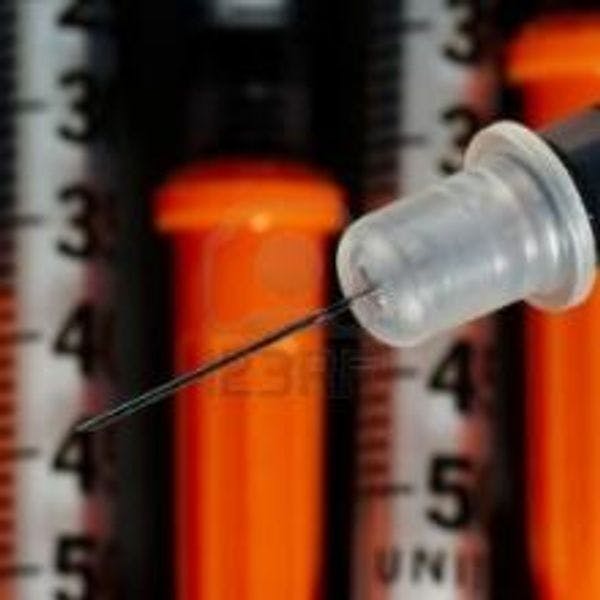Tratamiento de sustitución de opiáceos y transmisión del VIH entre personas que se inyectan drogas: revisión sistemática y metaanálisis
Esta revisión sistemática se realizó para cuantificar la vinculación entre el tratamiento de sustitución de opiáceos y el riesgo de transmisión del VIH entre personas que se inyectan drogas. Más información, en inglés, está disponible abajo.
Suscríbase a las Alertas mensuales del IDPC para recibir información sobre cuestiones relacionadas con políticas sobre drogas.
Use of injected drugs is a major risk factor for the acquisition and transmission of HIV, and about 5-10% of HIV infections are attributable to injecting drug use worldwide. Transmission of HIV between people who inject drugs is predominantly a result of the sharing of contaminated injecting equipment, but also sexual transmission, both of which are influenced by wider structural and environmental factors such as housing, patterns of drug use, commercial sex work, and the availability and nature of interventions aimed at reducing harm.
Estimates of the prevalence of HIV among people who inject drugs are over 40% in many parts of the world, and around three million (range 0.8-6.6 million) of the 16 million (range 11-21 million) people who inject drugs worldwide could be HIV positive.Although HIV incidence has fallen or remains low among people who inject drugs in North America, Australasia, and parts of Western Europe, injecting drug use has driven recent outbreaks in Europe, as well as epidemics in cities in the United States, United Kingdom, Thailand, Russia, India, China, Vietnam, and Estonia, and HIV incidence is increasing in parts of Russia, Eastern Europe, and Asia, where the burden of HIV among people who inject drugs is comparatively higher.
Methadone, an opioid agonist, and buprenorphine, a partial agonist, are the main pharmacological drugs prescribed for people dependent on opiates, and they were included in the list of World Health Organization (WHO) essential medicines in 2005. They are provided in oral, film, or sublingual form and are often prescribed as opiate substitution treatments for people with established opiate dependence. In addition to reducing craving for, and use of, heroin or other illicit opiates, there is good evidence to suggest that opiate substitution treatment reduces drug related mortality, offending, and injection risk behaviour, and that it improves adherence to antiretroviral treatment for those with HIV Methadone and buprenorphine can also be prescribed in tapering doses for detoxification.
Opiate substitution treatment has been implemented in 70 countries, but remains unavailable in 66, and in several countries detoxification or residential rehabilitation is the primary mode of treatment. Although coverage of opiate substitution treatment is being expanded in some countries, such as Ukraine, India, and China, intervention at a regional and national level remains poor in many countries, including those with a high burden of HIV among people who inject drugs.
Previous reviews have generally concluded that reductions in the frequency of injection and sharing of injecting equipment that are associated with exposure to opiate substitution treatment translate into reductions in cases of HIV infection. The conclusions of these reviews, including a recent Cochrane systematic review, however, have been based on a small number of primary studies with limited sample size. Critically, no pooled analysis has been carried out to date, and as such, there remains no quantitative estimate of the effect of opiate substitution treatment in relation to HIV transmission.
A systematic review and meta-analysis of published and unpublished observational studies was carried out to quantify the association between opiate substitution treatment and risk of HIV transmission among people who inject drugs.
To read the full article, please click here.
Keep up-to-date with drug policy developments by subscribing to the IDPC Monthly Alert.
